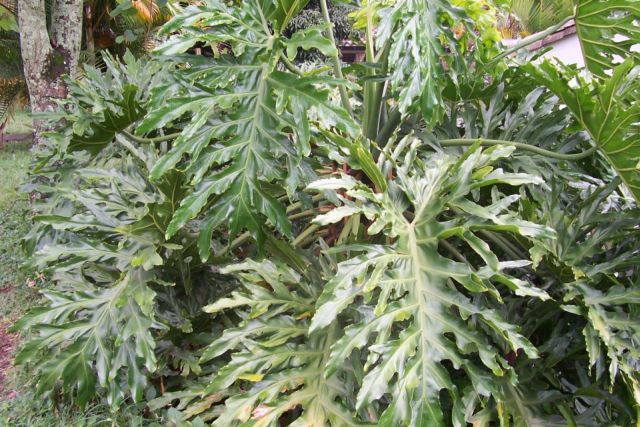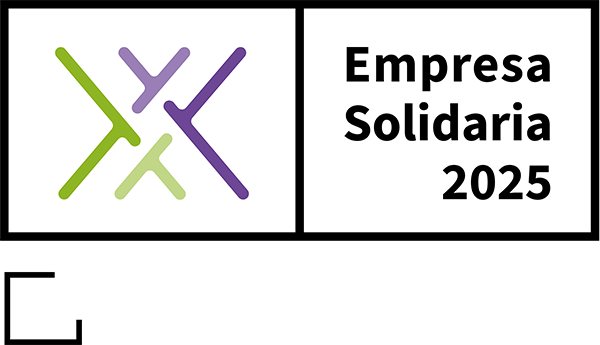Split leaf philodendron
Monstera deliciosa is a species of flowering plant native to tropical rainforests of southern Mexico, south to Panama.[1] It has been introduced to many tropical areas, and has become a mildly invasive species in Hawaii, Seychelles, Ascension Island and the Society Islands.
The specific epithet deliciosa means “delicious”, referring to the edible fruit.
Common names include fruit salad plant, fruit salad tree (in reference to its edible fruit, which tastes similar to a fruit salad),[2] ceriman, Swiss cheese plant (or just cheese plant), monster fruit, monsterio delicio, monstereo, Mexican breadfruit, locust and wild honey, windowleaf, balazo, and Penglai banana.[3] The names in Spanish (costilla de Adán) or Portuguese (costela-de-adão) or French (plante gruyère) refer the change of the leaves from entire to fenestrated (comparing it in the first case with the ribs of Adam and in the second with the hole-filled gruyère cheese).



